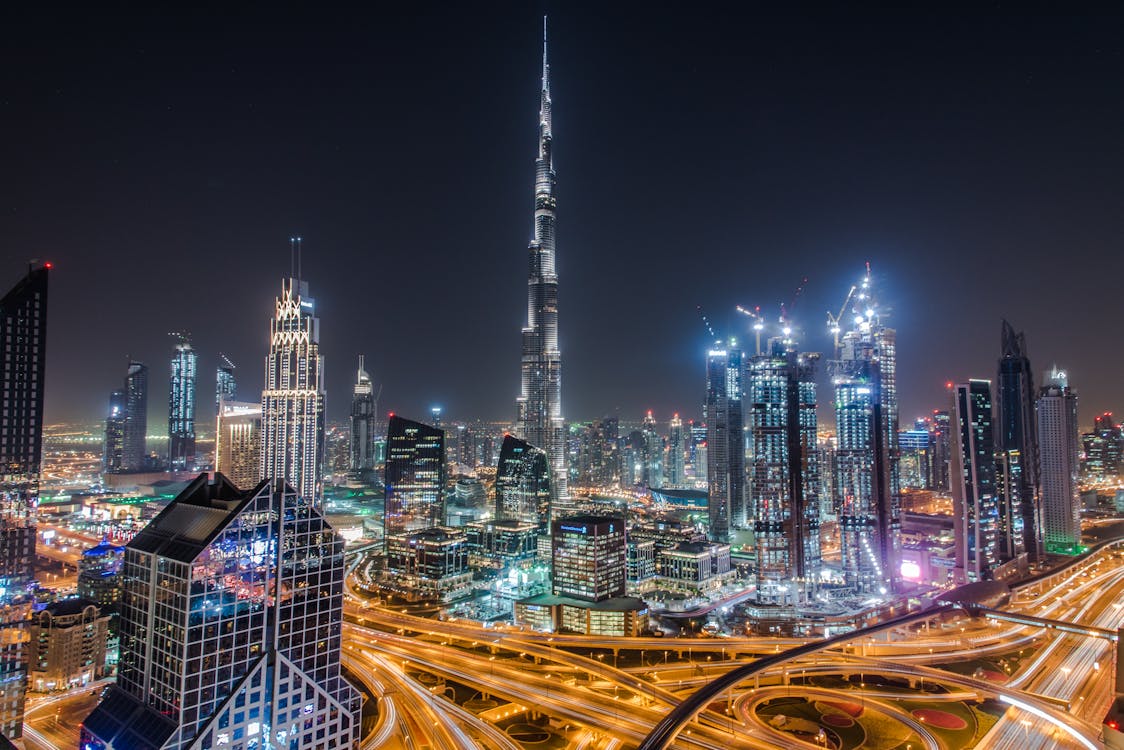Why is Dubai called a fake city?
Some critics have called Dubai a
"fake city" because of its highly engineered, fast-paced growth,
manufactured attractions, and emphasis on spectacle and wealth. Why does it get
this criticism so frequently?
1. Planning and investment:
With significant government planning and investment, Dubai went from a tiny fishing hamlet to a major global city in a short of decades. In contrast to towns that developed gradually over centuries, this quick change, driven by oil wealth and a desire to diversify its economy, occasionally lends the city an artificial aspect.
2. Man-Made Islands:
Dubai is well-known for its man-made
beaches, artificial islands (such as the Palm Jumeirah), and even a desert ski
resort. Despite being breathtaking, these artificial landscapes are viewed as
exaggerated or "unnatural," which contributes to the idea that Dubai
is a "constructed" rather than an "organic" city.
3. Tourism attractions:
4. Infrastructure and environment:
It takes a lot of energy and water
to build and maintain Dubai's infrastructure, which includes water parks,
artificial islands, and air-conditioned bus stations. The term
"artificial" is used by some opponents who believe that this degree
of environmental intervention is excessive and unsustainable.
5.
Migrant workers:
A sizable workforce, typically
migrant workers from South Asia, has been essential to Dubai's quick
construction and ambitious infrastructure projects. Critics contend that the
city's glamorous image comes at a human cost because these workers have occasionally
been subjected to harsh working conditions.
Although Dubai's development and
aspirations are frequently lauded, these elements add to the city's reputation
as a "fake city," one that seems to be designed more for tourists and
appearances than for organic development and community. Nonetheless, a lot of
locals and tourists value Dubai's audacity and vision, which makes it a
distinctive and significant metropolis on a global scale.

0 Comments